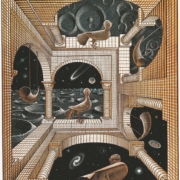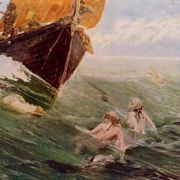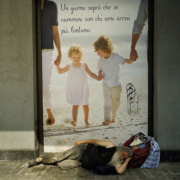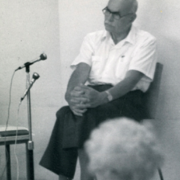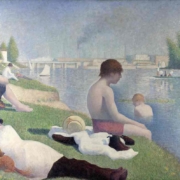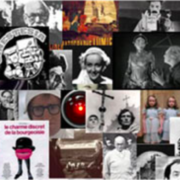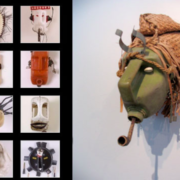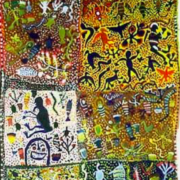Adolescent group, institution and virtual world: the negotiation of boundaries
Abstract
In this paper the authors propose a reflection on how digital era has changed the communication and relationships among adolescents. The focus is placed on how the unlimited possibilities offered by the virtual world can rinforce the omnipotence of adolescence. The information and communication technologies (ICT) allow the adolescents to reduce the face to face confrontation and to replace the direct experience with a mediated perception. The purpose of this study is to explore how the new “rules” of the virtual world collude with Read more

